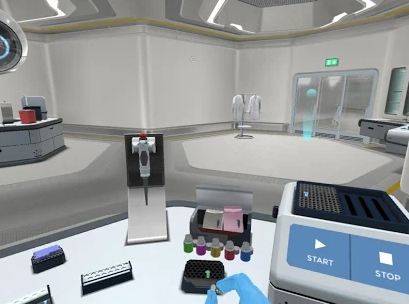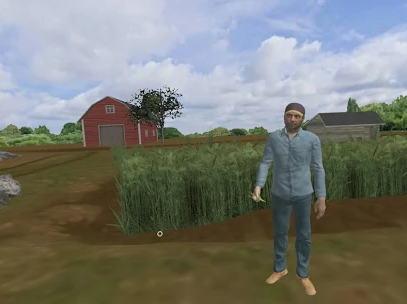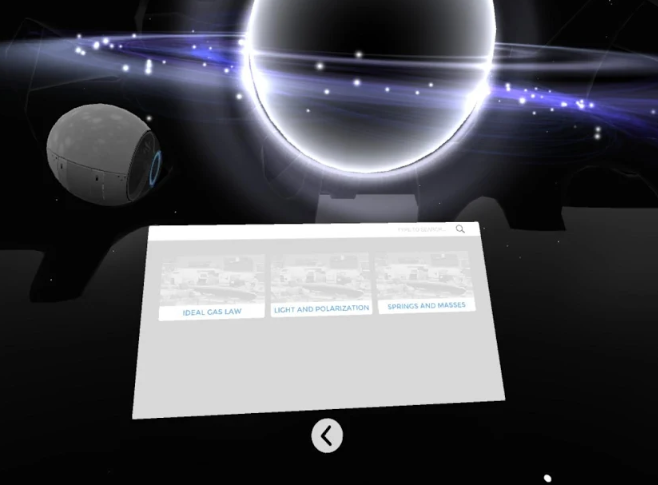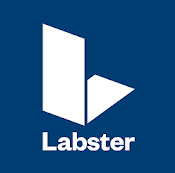The Internet is disrupting just about everything out there today. One of the newest? School science labs!
That’s right, Google LLC is stepping into education again with their new company, Labster APS. In this partnership, they launched more than 30 virtual reality labs.
The Google Daydream headset is the main component of this partnership.
While there are many science students out there who don’t live close to a university to be able to work in a lab for their science degrees.
Step in VR headsets. Google VR Daydream allows students in the sciences to do their lab work at home. The virtual reality allows the students to access more than 30 virtual labs across many areas of science.

Arizona State University was one of the first to take part in VR labs and offer full credit. This alleviates the problem of limited seats in the labs as well.
More schools are set to join the big collaboration Google is offering with VR Labs. These schools include University of Texas at San Antonio, McMaster University, and some others in North America and Europe.
What can students do in virtual labs?
They can do many similar tasks students would be able to do in a real lab. Here is a little list:
- Sequence deoxyribonucleic acids
- Chemical synthesis
- Benchwork using a lab desk and fume hood
- Mechanical engineering
- Electronics engineering
- In Labster, simulations are offer and include a 20-minute course in lab safety.

The virtual reality status of the lab allows students much more time to review theories and concepts for as long as they want rather than being limited by lab times.
There are plans to continue expanding VR lab experiences for more and more educational institutions.
The Labster Daydream VR app is available for any platform running Google’s Daydream.
So far, the app has 4 5-Star reviews and is an “award-winning virtual laboratory simulator for science students.” (Google Play Store)
The app will give students access to free content such as Lab Safety or Cellular Respiration. There is also a subscription option that gives students further access to a list of premium content covering more advanced topics.
Google is still looking for more educational institutions to join their program and they say so on their Google Play Store listing reaching out to high schools and universities.
They’re not done, they still plan to add more to the app including:
- A set of ecology labs where the student visits an exploanet called Astakos IV.
- A set of animal physiology labs to understand the biological nuances of numerous animals looking at their endocrine, digestive, and osmoregulatory systems.

